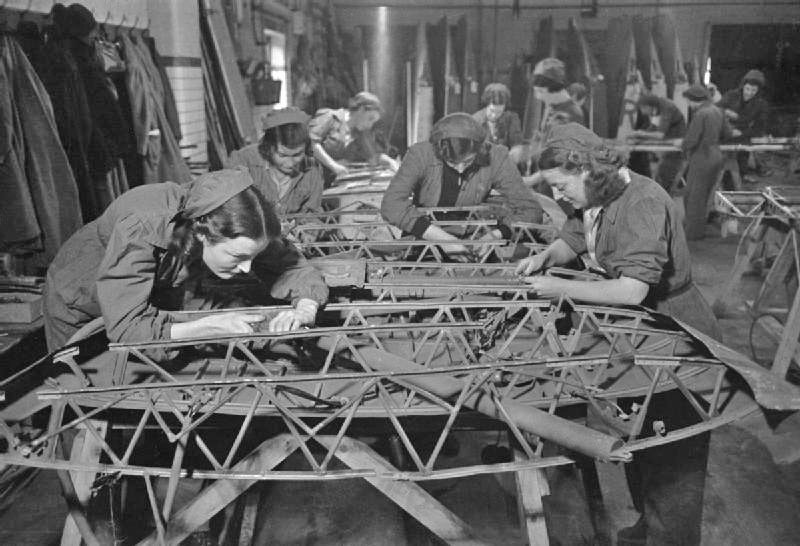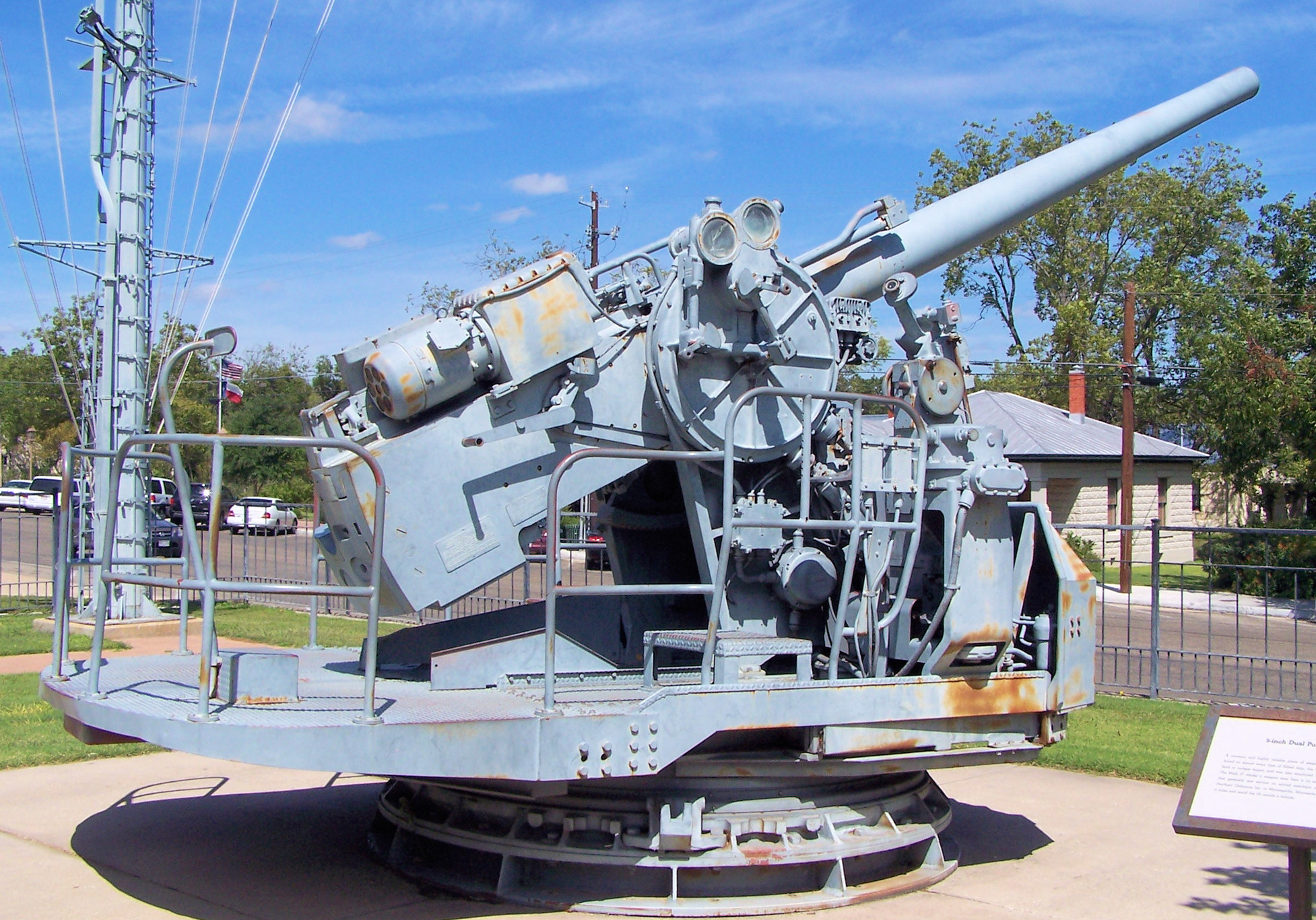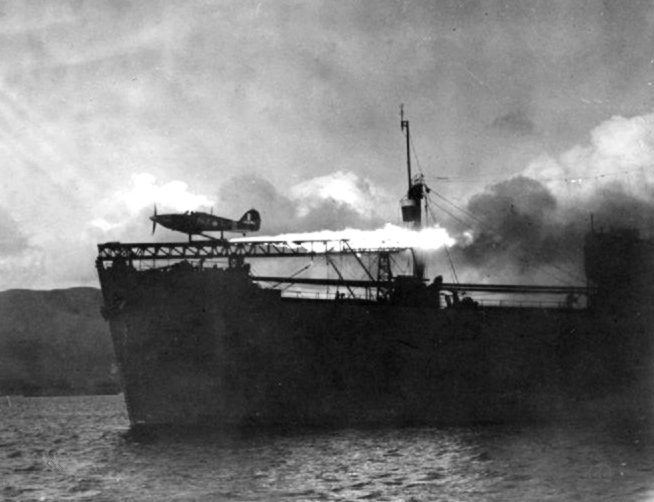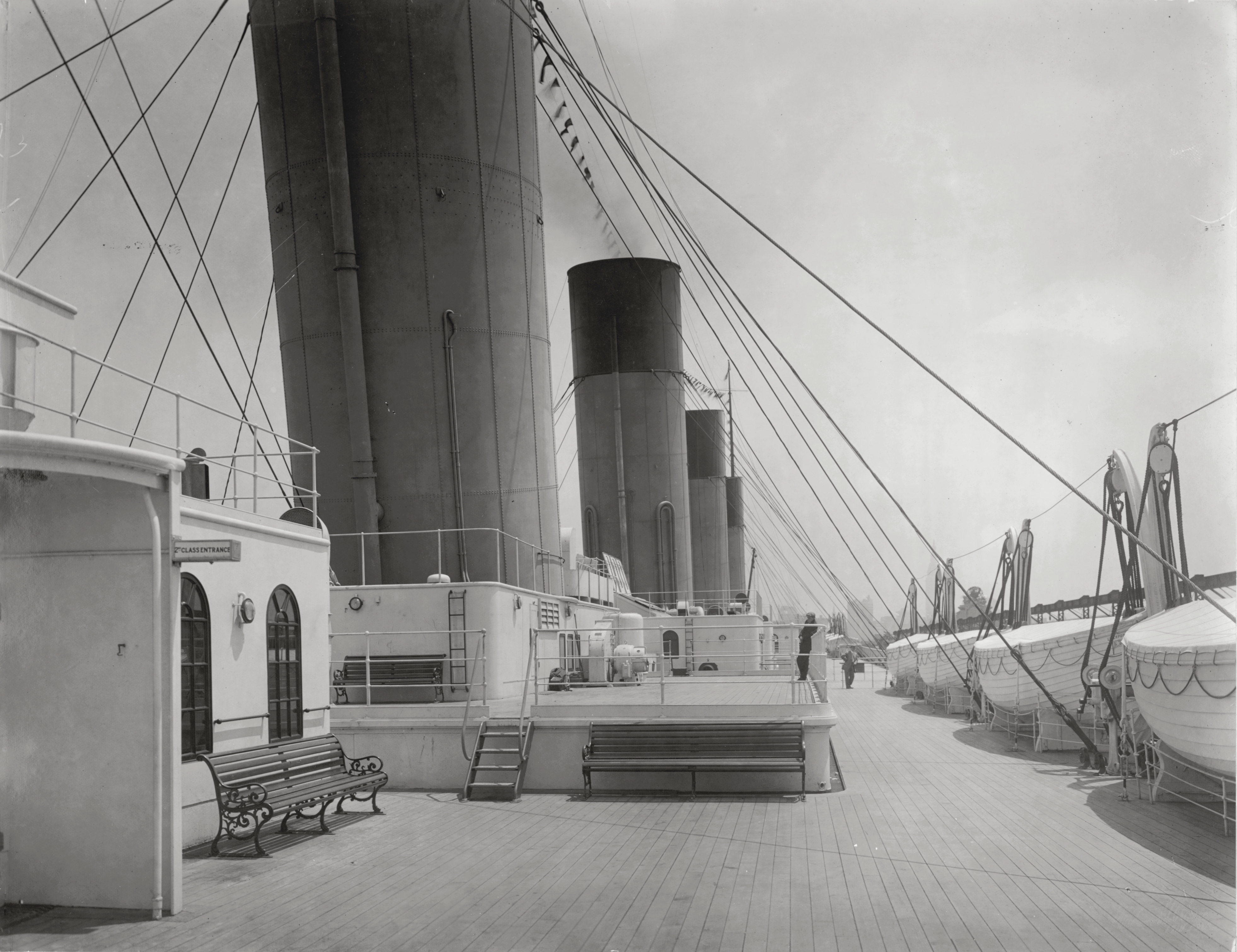|
HMS Ark Royal (91)
HMS ''Ark Royal'' (pennant number 91) was an aircraft carrier of the Royal Navy that was operated during the Second World War. Designed in 1934 to fit the restrictions of the Washington Naval Treaty, ''Ark Royal'' was built by Cammell Laird at Birkenhead, England, and completed in November 1938. Her design differed from previous aircraft carriers. ''Ark Royal'' was the first ship on which the hangars and flight deck were an integral part of the hull, instead of an add-on or part of the superstructure. Designed to carry a large number of aircraft, she had two hangar deck levels. She was used during a period that first saw the extensive use of naval air power; several carrier tactics were developed and refined aboard ''Ark Royal''. ''Ark Royal'' operated in some of the most active naval theatres of the Second World War. She was involved in the first aerial U-boat kills of the war, operations off Norway, the search for the German battleship , and the Malta Convoys. ''Ark Royal ... [...More Info...] [...Related Items...] OR: [Wikipedia] [Google] [Baidu] |
Fairey Swordfish
The Fairey Swordfish is a retired biplane torpedo bomber, designed by the Fairey Aviation Company. Originating in the early 1930s, the Swordfish, nicknamed "Stringbag", was principally operated by the Fleet Air Arm of the Royal Navy. It was also used by the Royal Air Force (RAF), as well as several overseas operators, including the Royal Canadian Air Force (RCAF) and the Royal Netherlands Navy. It was initially operated primarily as a fleet attack aircraft. During its later years, the Swordfish was increasingly used for Anti-submarine warfare, anti-submarine and Trainer (aircraft), training duties. The type was in frontline service throughout the World War II, Second World War. Despite being obsolescent, the Swordfish achieved some spectacular successes during the war, including sinking one battleship and damaging two others belonging to the ''Regia Marina'' (the Italian navy) during the Battle of Taranto, and the Last battle of Bismarck, famous attack on the German battleship ... [...More Info...] [...Related Items...] OR: [Wikipedia] [Google] [Baidu] |
Dual Purpose Gun
A dual-purpose gun is a naval artillery mounting designed to engage both surface and air targets. Description Second World War-era capital ships had four classes of artillery: the heavy main battery, intended to engage opposing battleships and cruisers of 305 mm to 457 mm (12 inch to 18 inch); a secondary battery for use against enemy destroyers of 152 mm to 203 mm (6 inch to 8 inch); heavy anti-aircraft guns of 76 mm to 127 mm (3 inch to 5 inch), which could create barrages to knock out airplanes at a distance; finally, light rapid-fire anti-aircraft batteries (A/A) to track and bring down aircraft at close range. The light A/A was dispersed throughout the ship and included both automatic cannons of 20 mm to 40 mm (.787 inch to 1.57 inch) and heavy machine guns of 12.7 mm to 14.5 mm (.50 inch to .58 inch). During World War II, the US Navy, Royal Navy, the French Navy, and the Imperial Japanese Navy combined the secondary batt ... [...More Info...] [...Related Items...] OR: [Wikipedia] [Google] [Baidu] |
Second World War
World War II or the Second World War (1 September 1939 – 2 September 1945) was a World war, global conflict between two coalitions: the Allies of World War II, Allies and the Axis powers. World War II by country, Nearly all of the world's countries participated, with many nations mobilising all resources in pursuit of total war. Tanks in World War II, Tanks and Air warfare of World War II, aircraft played major roles, enabling the strategic bombing of cities and delivery of the Atomic bombings of Hiroshima and Nagasaki, first and only nuclear weapons ever used in war. World War II is the List of wars by death toll, deadliest conflict in history, causing World War II casualties, the death of 70 to 85 million people, more than half of whom were civilians. Millions died in genocides, including the Holocaust, and by massacres, starvation, and disease. After the Allied victory, Allied-occupied Germany, Germany, Allied-occupied Austria, Austria, Occupation of Japan, Japan, a ... [...More Info...] [...Related Items...] OR: [Wikipedia] [Google] [Baidu] |
Royal Navy
The Royal Navy (RN) is the naval warfare force of the United Kingdom. It is a component of His Majesty's Naval Service, and its officers hold their commissions from the King of the United Kingdom, King. Although warships were used by Kingdom of England, English and Kingdom of Scotland, Scottish kings from the early Middle Ages, medieval period, the first major maritime engagements were fought in the Hundred Years' War against Kingdom of France, France. The modern Royal Navy traces its origins to the English Navy of the early 16th century; the oldest of the British Armed Forces, UK's armed services, it is consequently known as the Senior Service. From the early 18th century until the World War II, Second World War, it was the world's most powerful navy. The Royal Navy played a key part in establishing and defending the British Empire, and four Imperial fortress colonies and a string of imperial bases and coaling stations secured the Royal Navy's ability to assert naval superior ... [...More Info...] [...Related Items...] OR: [Wikipedia] [Google] [Baidu] |
Aircraft Carrier
An aircraft carrier is a warship that serves as a seagoing airbase, equipped with a full-length flight deck and hangar facilities for supporting, arming, deploying and recovering carrier-based aircraft, shipborne aircraft. Typically it is the capital ship of a naval fleet, fleet (known as a carrier battle group), as it allows a naval force to power projection, project seaborne naval aviation, air power far from homeland without depending on local airfields for staging area, staging aerial warfare, aircraft operations. Since their inception in the early 20th century, aircraft carriers have evolved from wooden vessels used to deploy individual tethered reconnaissance balloons, to nuclear marine propulsion, nuclear-powered supercarriers that carry dozens of fighter aircraft, fighters, strike aircraft, military helicopters, airborne early warning and control, AEW&Cs and other types of aircraft such as unmanned combat aerial vehicle, UCAVs. While heavier fixed-wing aircraft such as a ... [...More Info...] [...Related Items...] OR: [Wikipedia] [Google] [Baidu] |
Pennant Number
In the Royal Navy and other navies of Europe and the Commonwealth of Nations, ships are identified by pennant number (an internationalisation of ''pendant number'', which it was called before 1948). Historically, naval ships flew a flag that identified a flotilla or type of vessel. For example, the Royal Navy used a red burgee for torpedo boats and a pennant with an H for torpedo boat destroyers. Adding a number to the type-identifying flag uniquely identified each ship. In the current system, a letter prefix, called a ''flag superior'', identifies the type of ship, and numerical suffix, called a flag inferior, uniquely identifies an individual ship. Not all pennant numbers have a flag superior. Royal Navy systems The Royal Navy first used pennants to distinguish its ships in 1661 with a proclamation that all of his majesty's ships must fly a union pennant. This distinction was further strengthened by a proclamation in 1674 which forbade merchant vessels from flying any ... [...More Info...] [...Related Items...] OR: [Wikipedia] [Google] [Baidu] |
Aircraft Catapult
An aircraft catapult is a device used to help fixed-wing aircraft gain enough airspeed and lift for takeoff from a limited distance, typically from the deck of a ship. They are usually used on aircraft carrier flight decks as a form of assisted takeoff, but can also be installed on land-based runways, although this is rare. The catapult used on aircraft carriers consists of a track or slot built into the flight deck, below which is a large piston or ''shuttle'' that is attached through the track to the nose gear of the aircraft, or in some cases a wire rope, called a catapult bridle, is attached to the aircraft and the catapult shuttle. Other forms have been used historically, such as mounting a launching cart holding a seaplane on a long girder-built structure mounted on the deck of a warship or merchant ship, but most catapults share a similar sliding track concept. Different means have been used to propel the catapult, such as weight and derrick, gunpowder, flywheel, co ... [...More Info...] [...Related Items...] OR: [Wikipedia] [Google] [Baidu] |
Fairey Fulmar
The Fairey Fulmar is a British carrier-borne reconnaissance aircraft/fighter aircraft which was developed and manufactured by aircraft company Fairey Aviation. It was named after the northern fulmar, a seabird native to the British Isles. The Fulmar served with the Royal Navy's Fleet Air Arm (FAA) during the Second World War. The design of the Fulmar was based on that of the earlier Fairey P.4/34, a land-based light bomber developed during 1936 as a replacement for the Fairey Battle light bomber. Fairey had redesigned the aircraft as a navalised observation/fighter aircraft to satisfy the requirements of Specification O.8/38, for which it was selected. Although its performance (like that of its Battle antecedent) was unspectacular, the Fulmar was a reliable, sturdy aircraft with long range and an effective armament of eight machine guns; the type could also be put into production relatively quickly. On 4 January 1940, the first production aircraft made its first flight a ... [...More Info...] [...Related Items...] OR: [Wikipedia] [Google] [Baidu] |
Blackburn Skua
The Blackburn B-24 Skua was a carrier-based low-wing, two-seater, single-radial engine aircraft by the British aviation company Blackburn Aircraft. It was the first Royal Navy carrier-borne all-metal cantilever monoplane aircraft, as well as the first dive bomber in Fleet Air Arm (FAA) service.Jackson 1968, p. 399. The aircraft took its name from the sea bird which 'divebombs' any potential predators that come too close to its nest. The Skua was designed during the mid-1930s to Specification O.27/34, and was a radical design for the era, combining the functions of a dive bomber and fighter. Its enclosed cockpit and monoplane configuration were obvious shifts from preceding FAA aircraft such as the Hawker Nimrod and Hawker Osprey biplanes. On 9 February 1937, the first prototype performed its maiden flight; it was ordered straight off the drawing board to accelerate its development. In November 1938, the Skua was introduced to FAA service; 33 aircraft were operational by the ... [...More Info...] [...Related Items...] OR: [Wikipedia] [Google] [Baidu] |
Deck (ship)
A deck is a permanent covering over a Compartment (ship), compartment or a hull (watercraft), hull of a ship. On a boat or ship, the primary or upper deck is the horizontal structure that forms the "roof" of the hull, strengthening it and serving as the primary working surface. Vessels often have more than one level both within the hull and in the superstructure above the primary deck, similar to the floors of a multi-storey building, that are also referred to as decks, as are certain compartments and decks built over specific areas of the superstructure. Decks for some purposes have specific names. Structure The main purpose of the upper or primary deck is structural, and only secondarily to provide weather-tightness and support people and equipment. The deck serves as the lid to the complex box girder which can be identified as the hull. It resists Tension (physics), tension, Compression (physics), compression, and racking forces. The deck's scantling is usually the same as t ... [...More Info...] [...Related Items...] OR: [Wikipedia] [Google] [Baidu] |
Belt Armor
Belt armor is a layer of heavy metal armor plated onto or within the outer hulls of warships, typically on battleships, battlecruisers and cruisers, and aircraft carriers. The belt armor is designed to prevent projectiles from penetrating to the heart of a warship. When struck by an artillery shell or underwater torpedo, the belt armor either absorbs the impact and explosion with its sheer thickness and strength, or else uses sloping to redirect the projectile and its blast downwards. Typically, the main armor belt covers the warship from its main deck down to some distance below the waterline. If, instead of forming the outer hull, the armor belt is built inside the hull, it is installed at a sloped angle for improved protection, as described above. The torpedo bulkhead Frequently, the main belt's armor plates were supplemented with a torpedo bulkhead spaced several meters behind the main belt, designed to maintain the ship's watertight integrity even if the main belt ... [...More Info...] [...Related Items...] OR: [Wikipedia] [Google] [Baidu] |








